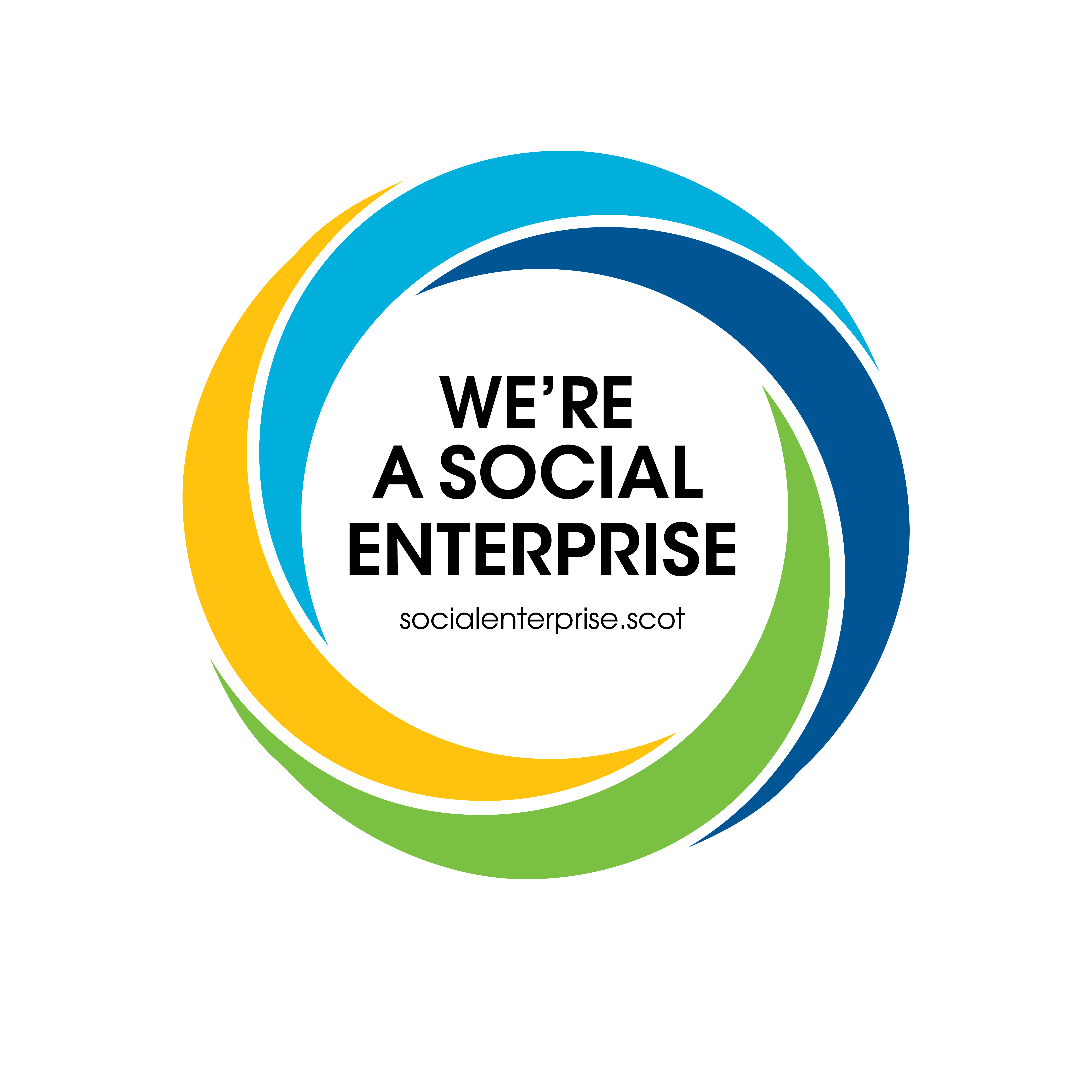HSCS: 1.20, 1.4, 4.11, 5.4
This policy was made in compliance with the Nappy Changing Guidance for Early Learning and Childcare Services.
Willow Den recognizes that children will come to the setting in varying stages of development in regards to toileting. At whichever stage of development, children will be welcomed into the setting and a Personal Plan set up to meet their individual toilet needs.
Nappy changing
Staff will ensure that children are kept clean and comfortable by being changed and checked on a regular basis. Children are treated with dignity and respect during nappy changes, ensuring these times take place in designated, private areas. We work with families at settling in to understand the child’s nappy changing needs. We record this information on the Personal Plans. Parents/carers will be asked to provide the nursery with wipes and nappies for their children for the day. Such items will only be used for the child they are intended for. Should parents/carers wish for nappy ointment to be used they will be asked to provide nursery with the nappy ointment that practitioners can apply if needed. If supplied, nappy ointments will be keep in the children’s bag with their name clearly labelled. Parental consent for nappy creams/ointments will be recorded on the online nursery management systems permissions. Strictly only Nursery Managers, Practitioners and Support Workers will be permitted to change children at any point.
Nappy Changing Procedure
Our nappy changing procedure is as follows:
| Step 1 | Children who are soiled will be changed immediately |
| Step 2 | Gloves and aprons will be worn by practitioners. PPE will be stored appropriately in the toilets (both indoor/pop up) for easy access. |
| Step 3 | Practitioners will collect all changing items needed before changing the child. |
| Step 4 | Children will be encouraged to stand whilst being changed. Where there are exceptions to this (child may be heavily soiled/child unhappy to stand, etc.) and where there is access to a changing unit, staff should use this to prevent having to change a child on the floor. |
| Step 5 | Children will not be left unattended in the changing area. |
| Step 6 | Wet/soiled nappies will be removed, and the child cleaned with baby wipes (unless otherwise specified by the parent) from front to back. |
| Step 7 | If needed, cream will be applied and then a clean nappy/pull up will be put on. (Parents/carers must provide their child’s own labelled nappy cream). |
| Step 8 | Changing unit will be sprayed with sanitizing spray and wiped thoroughly using blue roll. |
| Step 9 | Soiled nappies, used wipes, gloves and aprons will be disposed of in the designated yellow nappy bin. |
| Step 10 | Practitioner and child will thoroughly wash and dry their hands following recommended hand washing procedures. |
| Step 11 | Practitioners will update record of nappy changing on the online learning portal (including any information to be passed on to parent at pick up, i.e. rash) |
Toileting
We promote independent toileting for all children as they progress through this developmental stage.
Only Nursery Managers, Practitioners and Support Workers will be permitted in the toilet at any point.
Toileting Support procedure:
Our toileting support procedure is as follows:
| Step 1 | Children are encouraged to ask a staff member if they need to use the toilet. |
| Step 2 | Children are not to be left unsupervised when in the toilet area. (This arrangement enables toileting to be closely monitored by practitioner) |
| Step 3 | Children will be encouraged to clean and wipe themselves after toilet use. |
| Step 4 | Practitioners will check children afterwards and if they need additional help with their hygiene, practitioners will support and wipe children. |
| Step 5 | Practitioners will use disposable protective equipment e.g. gloves and aprons |
| Step 6 | After each use of toilet, the toilet seat and handle will be sprayed with sanitizing spray, contact time followed before being wiped thoroughly with a disposable cloth. |
| Step 7 | Children will be encouraged to tend to their personal hygiene needs. However, practitioners will supervise hand washing afterwards and provide help should it be required. |
| Step 8 | Handwash stations are situated directly beside our ‘pop-up’ facilities to ensure good hygiene and handwashing practices. |
Practitioners will take all necessary measures to safeguard themselves when they are toileting children, any staff witnessing any incidents or concerns regarding children’s safety should first ensure the safety of the child, then report the incident immediately to the line manager. All child protection incidents will be dealt with in line with the Child Protection Policy.
Parents/carers may change their child/attend to their child in the toilet/nappy changing area if there are no other children present in the bathroom area. Practitioners will check before permitting access.
Outdoor toilet
Where outdoor toilets are set up these are beside a hand washing station. Privacy will be ensured for each child. Different settings will use different toilet facilities to suit the location and all waste will be appropriately disposed of at the end of each day. Toilets are cleaned following the onsite instructions/checklist.
Access to indoor toilets
Some settings will have access to indoor toilet which may be used to support children with toileting. If these are being used suitable supplies for sanitizing the toilet should be ready to be taken easily to ensure procedures can be followed.

